|
Novels and screenplays are two very different art forms. When a story is presented to a reader as if it were something being watched in a cinema or on TV, the book begins to wobble.
Great screenwriters can be great novelists, but being the former doesn’t guarantee the latter.
Description and dialogue When a novelist approaches their story as if it’s going to be watched, the narrative and dialogue can become overwritten. In TV shows and movies, characters do lots of quite mundane things – walking into and out of rooms, opening and shutting doors, scratching their heads, putting the kettle on, wringing their hands, frowning, standing up, sitting down, walking over to windows and gazing out of them, picking up tea cups or beer bottles and taking a sip or a slug. They say hello and goodbye, and hmm, mmm, er, um and aah as they talk to each other and themselves. All this stuff happens quickly and provides a backdrop to the main action and dialogue. Sometimes there’ll be a backing track to assist with mood creation. Some of that mundane stuff can go into a novel, but when it’s replicated in full it can be tedious to read and does nothing to drive the novel forward. Example: taut description and dialogue in a novel Here’s a scene from Harlan Coben’s Don’t Let Go (Penguin Random House, 2017, p. 201). There are 122 words.
We pull into a garage the approximate dimensions of a college gymnasium—is that judging?—and park. He leads me through a side door and down into what some homes call a basement, but this one has a theater room and wine cellar, so we need to find a new term. Lower level, maybe? He heads into a small room and flicks on a switch. In the back right corner, there is a four-foot-high old-fashioned safe with a big dial.
“You’re not the cop on the case, right?” This is the third time David has asked me that. “No. Why is that a big deal?” He bends down and starts fiddling with the dial. “Hank asked me to hold something for him.” Example: description and dialogue in a screenplay If we were watching that on TV, we’d be shown a great deal more.
In his book, Coben omits almost all of that. Instead, he lets the reader do the work. Good choice because all that stage direction would be boring to read. It could take a page to get through it all, maybe two, and none of it would drive the novel forward. He gives us just enough to imagine the setting in our mind’s eye, then gets down to business with the interesting elements of the story. He and we know that no one’s walking through doors spectre-like; they need to be opened and shut. No one’s leaving the car running; the engine will be switched off. And natural speech invariably includes noise and pause. Example: overwriting in a novel Here’s my mangled example of how that might have looked if the detail of the screen version had been written into the novel. There are 421 words.
We drive along the road, turn left into a treelined side street, pull up in front of a garage the approximate dimensions of a college gymnasium—is that judging?—and park. The garage door has a red aluminum facia with a silver handle.
David pushes a hand through his hair and looks at the garage. He remains still for a moment. I sense his anxiety, and my brow furrows in frustration as I follow his gaze. He takes his foot off the accelerator, shifts into neutral, and pulls on the handbrake. He pulls the key from the ignition and unhooks his seatbelt. I follow suit and open the passenger-seat door, close it, then walk around to meet him on the driver’s side. David gets out of the car and joins me on the sidewalk. He slams his door shut and turns. We walk toward the garage, me slightly behind, letting him show me the way. He leads me to a brown hardwood side door and stoops, fumbling the key in the lock. The door opens with a groan and we walk through to a dimly lit stairway. The door closes behind us. David goes first, leading me down into what some homes call a basement, but this one has a theater room and wine cellar, so we need to find a new term. Lower level, maybe? We reach the door at the bottom of the steps. David opens it and heads into a small room. He flicks on a switch. The light comes on and he turns, gesturing for me to enter. I do, and look around. In the back right corner, there is a four-foot-high old-fashioned safe with a big dial. “Um, you’re, er, not the cop on the case, right?” he says nervously. This is the third time David has asked me that. “Like I told you before, no.” I hesitate before asking, “Why is that a big deal?” He turns and walks toward the safe, bends down, and reaches for the dial with his hand. I watch as he fiddles with it, concentrating hard as he moves it first left, then right, then left again. I see sweat beading on his forehead. He stands, stretches, and wipes it off with the sleeve of his blue button-down shirt. As he lowers himself again and continues working the dial, his pants ride down over his ass. He sighs as if he’s bearing the weight of the world on his shoulders. “Hank asked me to hold something for him,” he says. Word dump Writers who choose to write novels for viewers rather than readers risk adding ten, maybe twenty thousand words to their books that don’t need to be in there. I’m not advocating removing description; I’m advocating writing for the page. That means making sure that the description is relevant rather than suffocating, enriching rather than boring. If you have pages of characters making small talk about how they take their coffee over the noise the kettle’s making, that small talk needs to be central to the plot. So does the whistle of the kettle. And if it takes 500 words to get your character out of their car, there needs to be a reason for that. If that information is just filler, give your reader the nudges they need and dump the rest into a box for when you write the screenplay version. Your director will the delighted! Viewpoint characters Viewpoint can unravel when a novelist approaches their story like a screenwriter. When a novelist selects a viewpoint character for a section or chapter of their book, the reader will experience the story through that character’s perspective – what they see, smell, hear, touch and think. Viewpoint characters allow the reader to immerse themselves in the moment, and for that reason they’re tremendously enriching. Example: viewpoint on the screen Imagine watching this short scene on TV:
Example: confused viewpoint in a novel What some beginner writers do is render the scene in a way that partially mimics the screen version. That’s because they’re familiar with how stories are presented on the TV or in film.
Matt ducked under the hedge beside the footpath. He counted silently, mouthing the words, focusing attention away from the hawthorn piercing the back of his neck and scalp. Heels clicked on the footpath close by. Adriana. Bitch.
‘He can’t have gone far. Find him and take him out,’ she said. Her throat felt swollen. 'Dammit, and to make things worse, I feel like I've got a cold coming on. Plus, I had a skinful last night.' And she’d needed it after that interfering prick Matt had started sticking his nose where it wasn’t wanted. ‘I hear you, Adriana. Don’t worry, we’ll find him,’ said John. He was standing by the north wall, clad head-to-toe in black. Hands grasping brick and flint, he hauled himself up and peeked over to see Adriana pocketing her phone. He pulled down his balaclava and stole south to cover the back, masked by the shadow of night. Adriana was on the phone, Matt realized. That was good. It meant she was on her own. Adriana continued down the path, getting closer to where Matt was hiding with every step. Patrolling the grounds in stilettos had been a bad idea. They were killing her feet. Matt hoped so, after what she’d put him through. The problem is that there are multiple viewpoints that force the reader to bounce from one character’s experience to another. We never invest in Matt, Adriana or John because as soon as we try to immerse ourselves in the experience of one of those people, we’re dragged into the head of another. The result is a wonky hybrid of novel and screenplay. We know what everyone’s doing, thinking and seeing. It rips out the tension and destroys the structure of the scene. Example: singular immersive viewpoint in a novel If, however, the writer commits to the viewpoint of one character, the prose is very different. In this version, we lose John completely. Adriana is visible but only from Matt’s perspective. We don’t have access to her thoughts, only what Matt thinks might be going on in her head based on what he knows, sees and hears. It’s shorter, certainly, but the tension is back and the writing is tighter.
Matt ducked under the hedge beside the footpath. He counted silently, focusing attention away from the hawthorn piercing the back of his neck and scalp. Heels clicked on the footpath close by. Adriana. Bitch.
‘He can’t have gone far. Find him and take him out.’ Her voice was thick, like she was full of virus or hungover. Or maybe it was fury. Matt heard a reply – a man speaking – but the sound was muffled and tinny. She must be on the phone. That was good. She was on her own. For now. Patent-black stilettos passed no more than a metre in front of him. The skin below both Achilles looked swollen and red. Those shoes must be killing her, he thought. He hoped so, after what she’d put him through. Summing up If you’re at the start of your writing journey, take care to craft words for the page, not for the screen. Keep the boring stuff out, even if it’s realistic. You’ll reduce your wordcount but enhance reader engagement. Look to books written by your favourite novelists for inspiration on how to build a beautiful page, rather than the Netflix adaptations. Your writing will be all the better for it, I promise.
Louise Harnby is a line editor, copyeditor and proofreader who specializes in working with crime, mystery, suspense and thriller writers.
She is an Advanced Professional Member of the Chartered Institute of Editing and Proofreading (CIEP), a member of ACES, a Partner Member of The Alliance of Independent Authors (ALLi), and co-hosts The Editing Podcast. Visit her business website at Louise Harnby | Fiction Editor & Proofreader, say hello on Twitter at @LouiseHarnby, connect via Facebook and LinkedIn, and check out her books and courses.
11 Comments
26/11/2018 03:02:51 pm
Great points about novel overwriting! However, it's not true that all those mundane details are appropriate to include in a movie script. Directors and actors add that sort of thing when the movie is actually filmed -- not the screenwriter! It's as anathema to screenwriting as it is to novel writing. I an optioned screenwriter and a developmental book editor. The rules of novel writing and screenwriting are more similar than you think.
Reply
Louise Harnby
26/11/2018 03:08:09 pm
Fair point, Jessi - I was placing the blame in the wrong place! I should have said: Write for the page, rather than visualizing like an actor. I certainly didn't intend for this to be a lesson in screenwriting, more a lesson in how not to approach a novel!
Reply
Louise Harnby
26/11/2018 03:09:30 pm
And I should add: I know absolutely zilch about screenwriting, so thanks for the heads-up!
MARIA T D'MARCO
27/11/2018 01:42:39 am
Great post, Louise -- and the point being (to me) that overwriting, whether as a novelist or script writer, is poor form. In novel writing, the reader's imagination needs little direction, just fertile ground to rollick about in. In script writing, we count on the director and actors to create vehicles that we can all vicariously ride along in.
Reply
Louise Harnby
27/11/2018 10:14:57 am
Cheers! Yes, it does seem that I overworked the screenwriting angle! My aim was to steer the author away from cluttered writing that shows us every little thing that a viewer might see - not because the screenwriter wrote it like that - but because it's acted like that or appears like that visually on the screen. Viewers are given a lot to look at, and, of course, that doesn't mean that it was all screenwritten like that. I guess my point is that some authors are seeing a whole load of stuff on the screen and trying to mimic the effect, but on the page. And that needs to be avoided.
Reply
2/12/2018 09:08:00 pm
I work with an author who overwrites. I'm forever removing things and trying to tell him that we don't need this kind of detail when it comes to the mundane: opening/closing doors, getting showered, saluting and/or putting others at ease while they salute, you name it. An otherwise interesting plot becomes instantly boring, and tedious to read through.
Reply
Louise Harnby
3/12/2018 11:18:53 am
That's great that you can bring so much value to the editing process for your author, Lynda!
Reply
Rosemary Okafor
28/7/2020 07:33:02 am
Oh thank you so much for this.
Reply
20/11/2020 07:40:55 pm
Excellent!
Reply
18/1/2021 06:46:14 am
Really informative. I really enjoy the way she gives out tips and info without making her audience feel dumb or silly. Very appreciated
Reply
Leave a Reply. |
BLOG ALERTSIf you'd like me to email you when a new blog post is available, sign up for blog alerts!
TESTIMONIALSDare Rogers'Louise uses her expertise to hone a story until it's razor sharp, while still allowing the author’s voice to remain dominant.'Jeff Carson'I wholeheartedly recommend her services ... Just don’t hire her when I need her.'J B Turner'Sincere thanks for a beautiful and elegant piece of work. First class.'Ayshe Gemedzhy'What makes her stand out and shine is her ability to immerse herself in your story.'Salt Publishing'A million thanks – your mark-up is perfect, as always.'CATEGORIES
All
ARCHIVES
July 2024
|
|
|
|



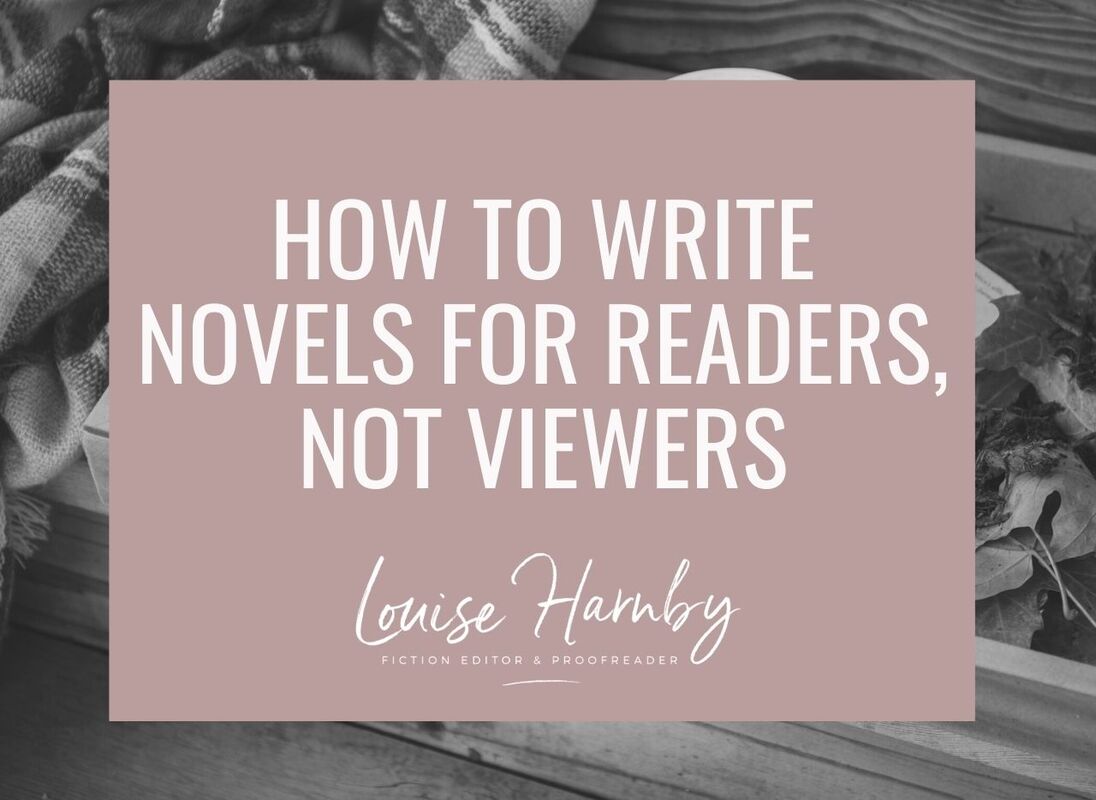
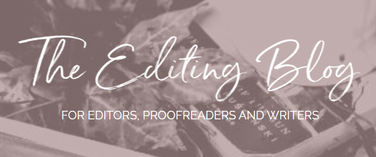

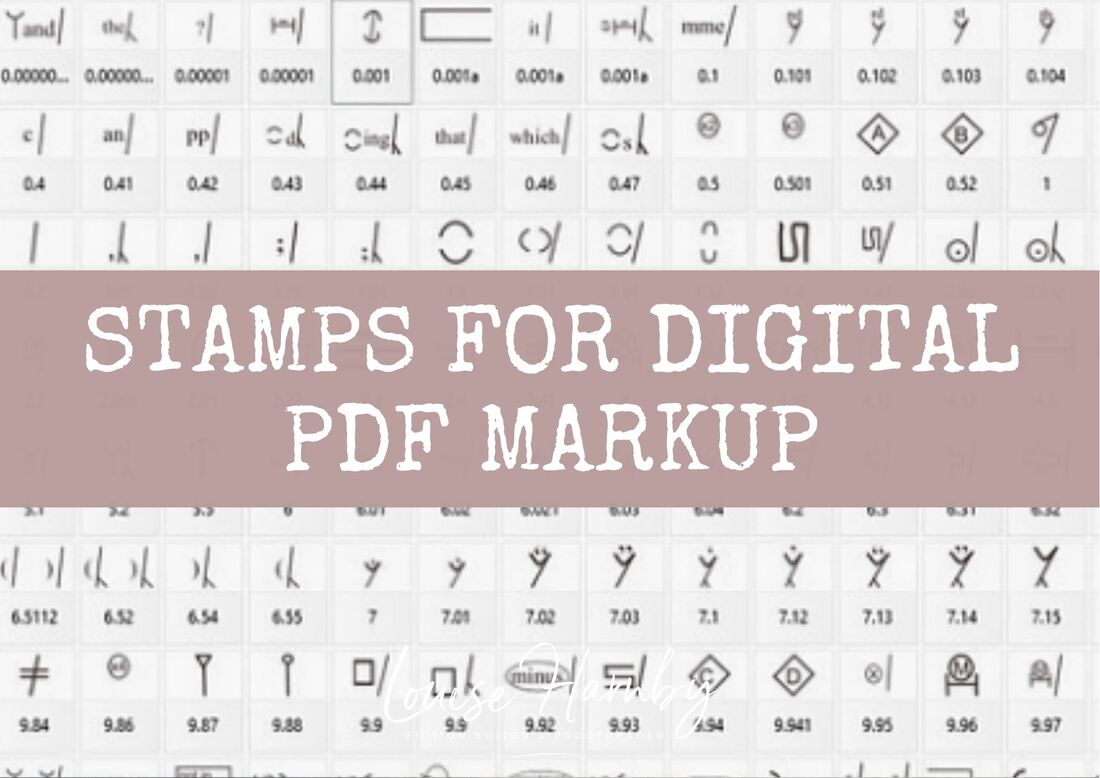
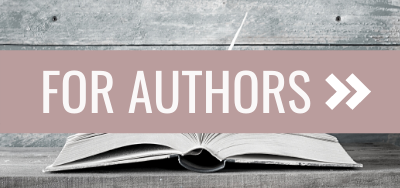
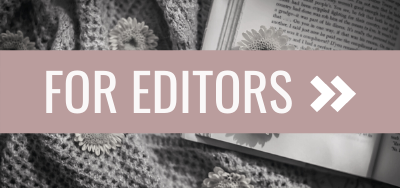
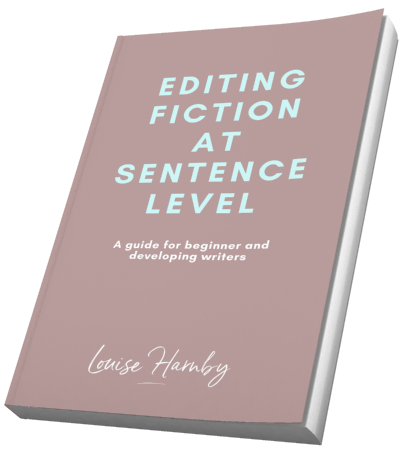
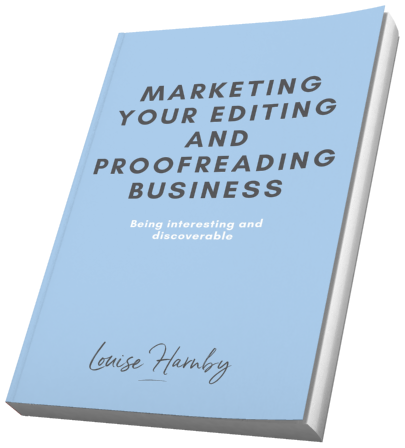
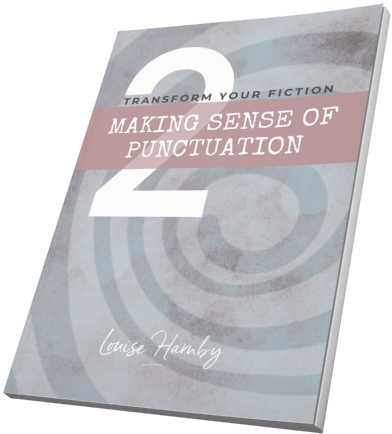
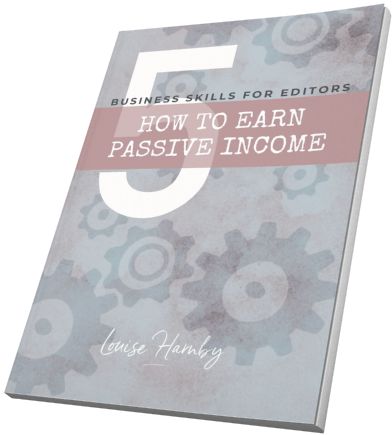
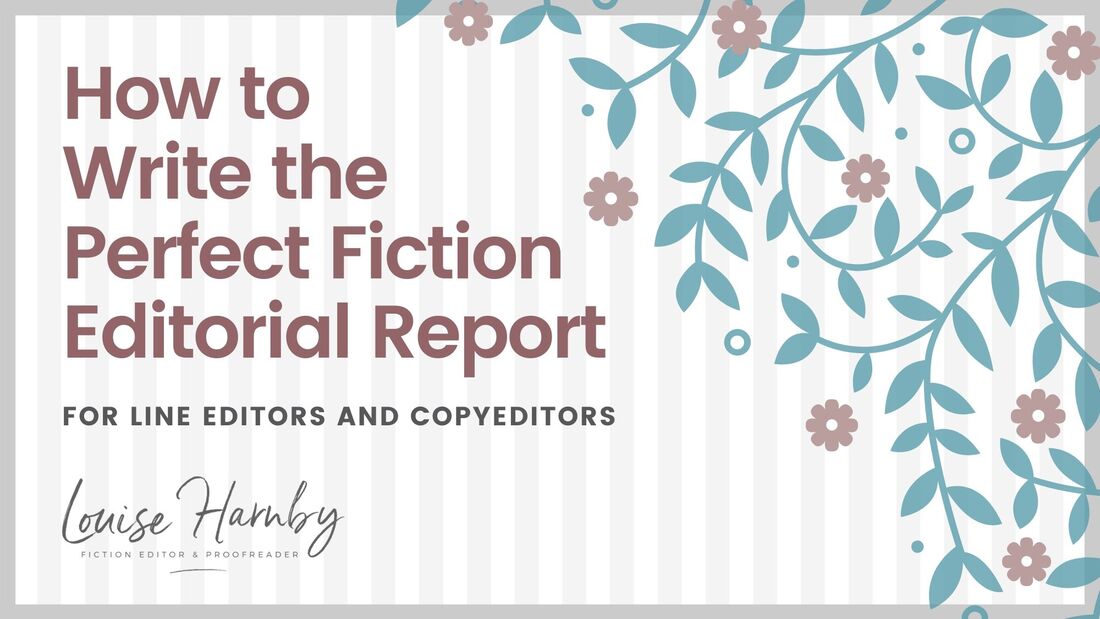
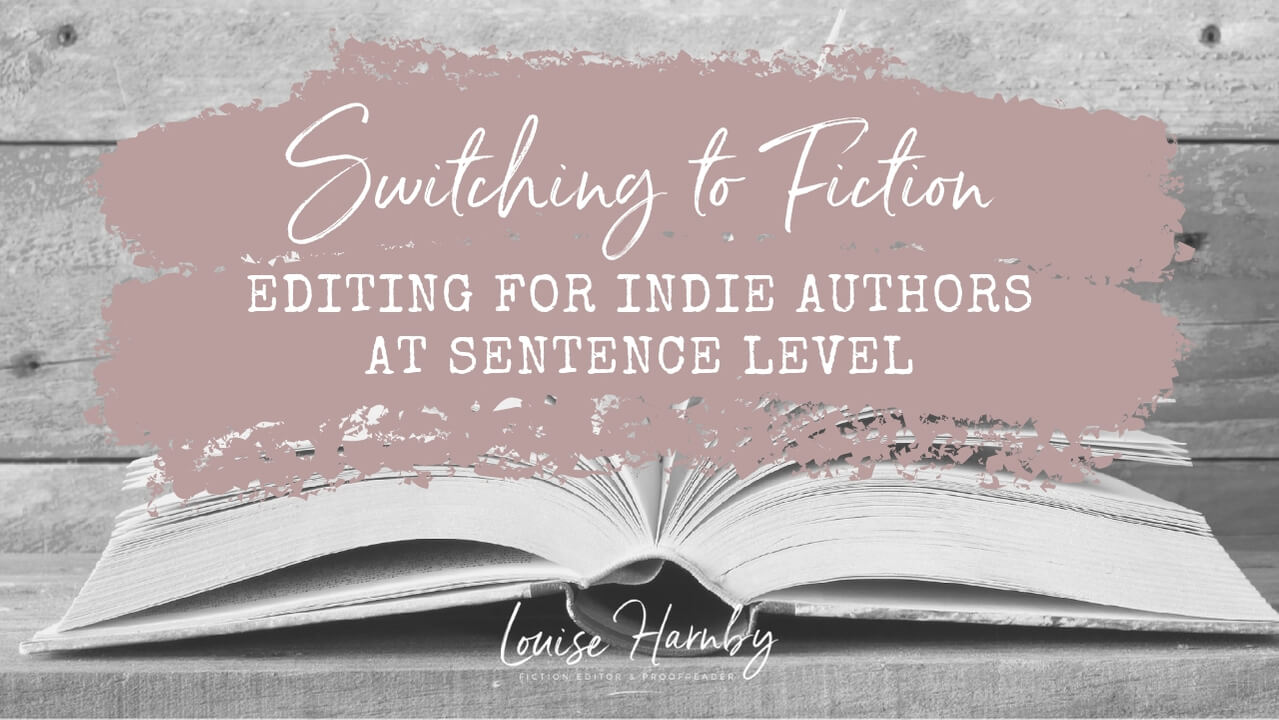
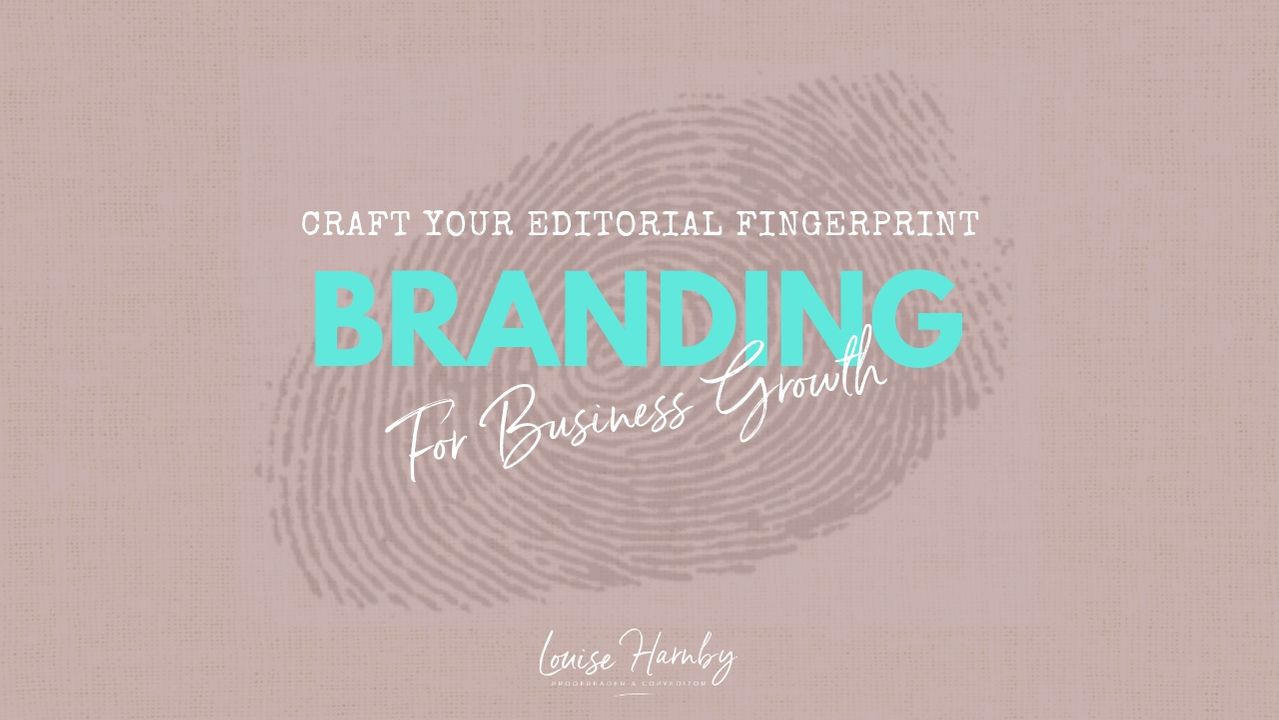
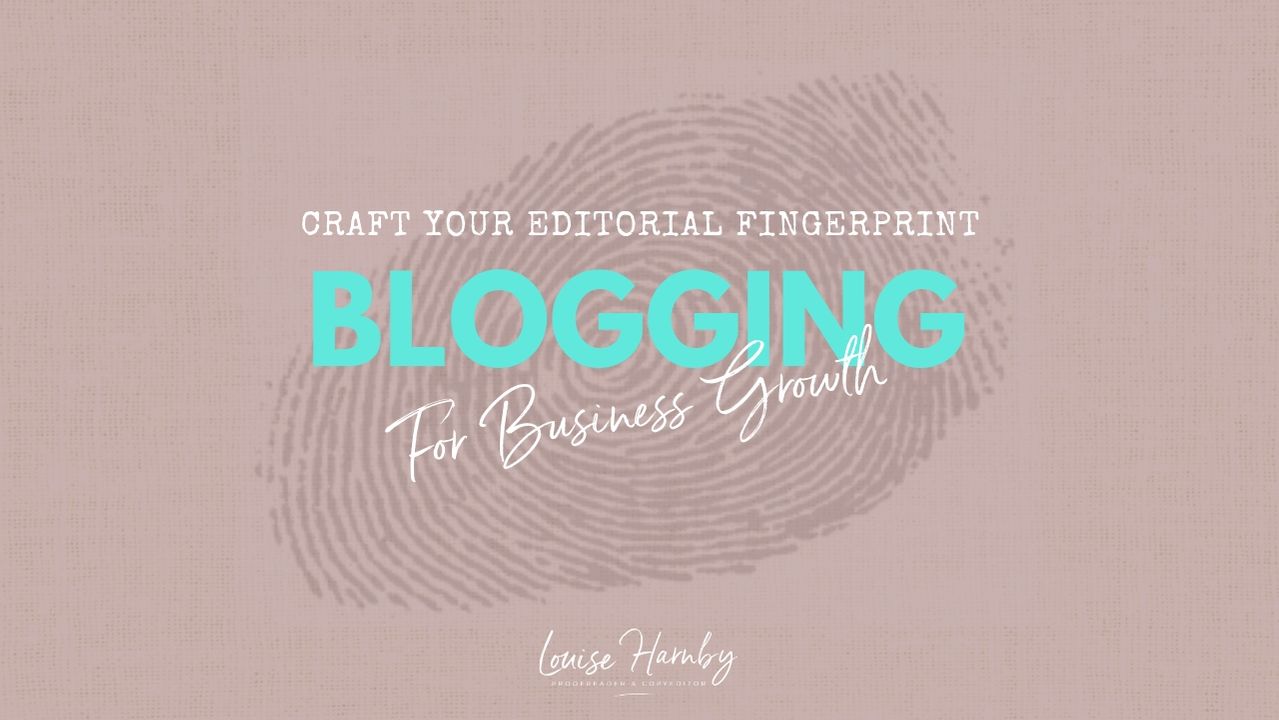
 RSS Feed
RSS Feed





